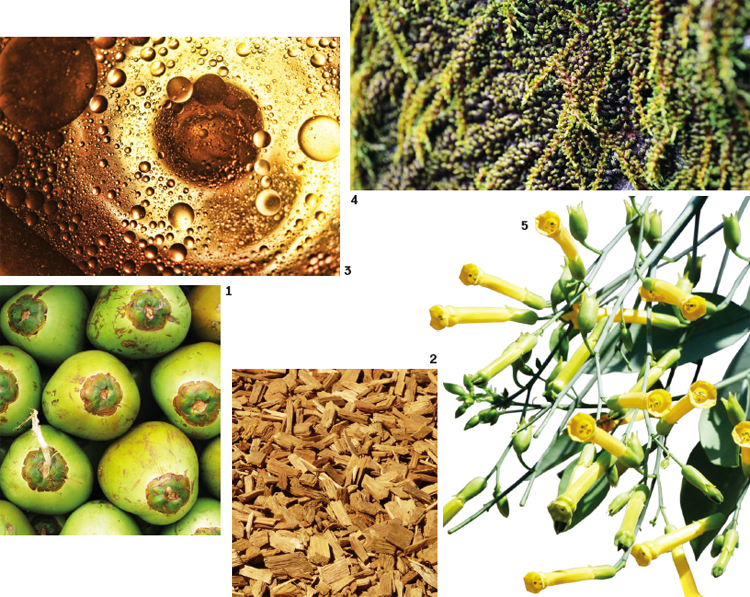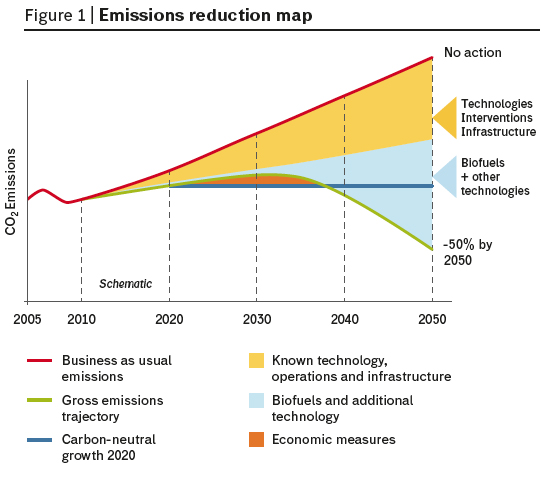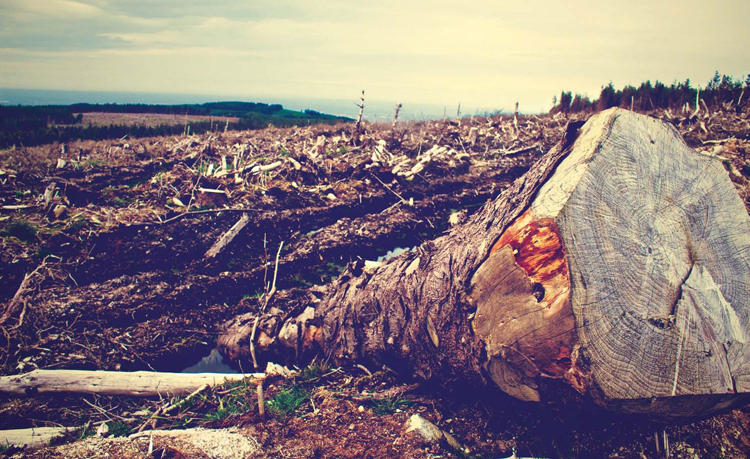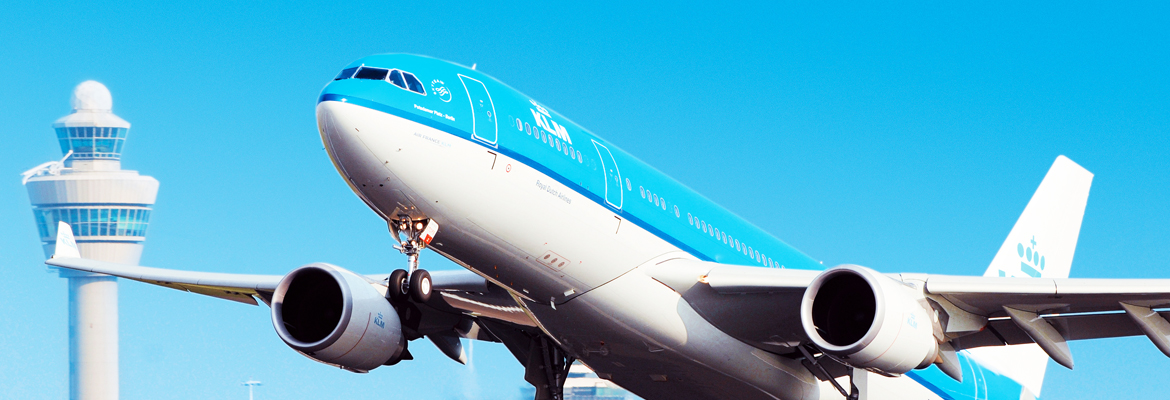According to the International Air Transport Association (IATA), in 2014 air transport produced 715 million tons of CO2 (689 in 2012), about 2% of climate-change gases. Not a negligible share. Therefore, faced with increasing pressure to reduce emissions, airlines are battening down the hatches. So much so, that IATA has set the objective of zero emission increase by 2020 and a reduction of 50% (compared to 2005 emissions) by 2050. Although changes in routes and take-off and landing procedures can help cutting fuel consumption, as well as more efficient engines, the main reduction should come from using less polluting fuels. Especially biofuels, in particular next generation ones.
Examples are plentiful. As early as 2008, Virgin used biofuel (20% blend) derived from coconut and babassu oils to power a Boeing 747 from London to Amsterdam. Today, many airlines use biofuels obtained from algae, used cooking oil, jatropha and camelina oils. According to IATA, by 2020, 4% of fuels will be second-generation biofuels obtained from agricultural waste and residues and other non-food crops. Sustainable Aviation Fuels – Fuelling the Future, a study carried out by E4Tech, reveals that, by 2030, it should be possible to produce more than 13 million tons of sustainable aviation fuels, a cut equivalent to 35 million tons of CO2 not released in the atmosphere. We hope to achieve 18% reduction. Will this truly be the case?
 |
|
Material from which biofuels can be obtained: |
According to biofuels-business supporters, the aviation industry has only just started exploring this market. Jessica Kowal, head of aerospace colossus Boeing’s sustainability programme, explains, “Our sector must face two important issues”. “So far, the supply has not been able to meet the aviation industry demand and costs are still too high, we must level them with those of kerosene.” At present, the price of biofuels is about US$ 1 per litre. According to interviewees, there is not enough financial support (incentives, ad hoc R&D funding), crucial for the development of this sector.
“There are not substantial steps forward. It is always the same issue: the chicken or the egg”, Saija Stenbacka declares, Finnair’s VP Quality, Safety and Environmental Management, Finland’s national carrier and the first airline to have tested biofuel-powered flying from Helsinki to New York during the UN Climate Summit in September 2014. “We need infrastructure enabling us to create a sustainable biofuel industry. But without investments there is no infrastructure.” And at the same time, without concrete and tested infrastructure, few companies want to venture into substantial investments. “There are too many risks involved”, Stenbacka continues. “It is not easy to convince investors.” According to Boeing, “An ‘all of the above’ strategy is needed” Kowal adds, “able to develop different types of fuels form a vast range of sources. We believe that green diesel is a short-term interesting alternative and this is why we are trying to get its approval for use in commercial aviation industry.” A fuel that mainly exploits not only harmful palm oil but also animal fats, spent oils, oils obtained from algae and various types of organic waste. In Italy, ENI has converted an old oil refinery into the first green refinery for this very purpose, producing green diesel. But at the moment, using palm oil does not represent a very eco-friendly solution and this is the reason why airlines are more interested in next generation biofuels.
Meanwhile, in Europe, to promote the sustainable development of this sector, on 24th February, the Committee on the Environment voted against the production of biofuels “harmful for food crops or other important resources such as water”. If this directive were definitively approved, it would modify the controversial Fuel Quality Directive, reducing to less than 6% the mix of biofuels in the transport sector. Conversely, according to the players in this sector, there is a need for regulations that promote investments. “The technology is more than ready and keeps advancing very rapidly”, Antonio De Palmas, Chairman of Boeing Italy, explains. “What we need is a government commitment so that the existing policies and regulations, especially in Europe, are rewritten to promote the only source of renewable energy available to the aviation industry.”
Although this is still a fledgling sector, there are quite a few companies investing in R&D. Here are some examples. South African Airways (SAA) announced a partnership for large-scale production of a high-energy content type of tobacco for biofuel. Together with Boeing, SAA and its biochemistry partners, SkyNRG and Sunchem SA, started the Project Solaris, experimenting on 123 hectares in the Limpopo Province.
American Southwest Airlines signed an agreement with Red Rock Biofuels to use biofuel obtained from silviculture waste, thus “significantly reducing large-scale fires in the Western United States”. The agreement requires the delivery of 10 million litres of fuel by 2016. Brazil seems interested in leading the way. At the Brazilian Joint Research Center São José dos Campos Technology Park, two giants of the aviation industry, Boeing and Embraer, are coordinating their all-around research on feedstock production, economic analysis of technological innovation, economic viability studies and processing technology innovation. It is difficult not to notice the links with powerful South American agribusinesses. According to a think-tank such as Transport & Environment (see box), the sector sees advanced biofuels as a panacea for its emissions. A new war for biomasses is lurking.
 |
|
©T&E |
Inteview with Piero Caloprisco, head of biofuels for Transport & Environment
“Biofuel Pitfalls”
Since its creation, Transport & Environment has been interested in pollution and sustainability in the transport sector. It is an important link in the network of associations and monitors biofuel use. Let us take stock of the situation with policy analyst Pietro Caloprisco.
What has been happening with biofuels in the aviation sector in Europe?
So far it has been a matter of single airlines collaborating with some producers and testing innovative biofuels. It is still a product mixed with conventional fuels though. Currently it only reaches 50% purity.
What is the weight of biofuels in the total aviation industry fuel consumption?
Since 2011, there have been about 1,500 biofuel-powered flights: a negligible number considering that globally every day there are 100,000 flights. Lots of words and not enough deeds: in some cases it is tantamount to green washing, in other cases, airlines, such as British Airways, are making investments that could have interesting effects. However, if the sector wants to achieve its voluntary target (50% of its emissions by 2050) aviation biofuels must become much more widespread in the sector (figure 1).

Can they reduce emissions also by improving engine efficiency and by changing routes?
But according to the aviation industry, biofuel will play the most important role. And this where we start to worry because first generation biofuels available on the market have a sustainability problem. The aviation industry affirms that it would like to give a wide berth to biofuels that compete with food crops. In reality though, we must see whether it will keep its promises: excluding first generation biofuel, the only type currently available at least in Europe, means relying exclusively on advanced biofuels.
But some companies are moving in this direction.
For example in Italy, Biochemtex was the first company in the world to produce biofuel from agricultural residues.
Can politics help?
Yes, by unlocking investments. In that case, we will start to see more plants producing advanced biofuels from agricultural residues, waste or wood residues. Nevertheless, it will take many years to create a sector big enough to produce quantities that can make a difference. I think it is a little bit premature to envisage scenarios based on biofuels.
What target could be achieved?
Taking into consideration the advanced biofuel potential, we have discovered that in Europe we could at best meet 13% of land transportation energy needs.
It is not that bad, is it?
It would not be that bad, but the study assumes that all the biomass that we produce from agricultural and silviculture residues and waste is completely used to produce biofuel for land transportation. Therefore, it does not take into consideration that other sectors might be interested in such biomass. This could cause possible competition amongst industries aiming at decarbonisation.
Well, could 13% be a realistic target?
In aviation, managing to achieve 5% of biofuel use will already be a great result. It is difficult to give an exact estimate.
So, is this a false start?
Our scenario is only based on Europe. Globally there are other areas with great potentials. However, the environmental impact could be high, especially in South America and in Indonesia.
Producing biofuels from palm oil.
Exactly, with consequent deforestation. This is not an invitation to be skeptical but to be careful because it is difficult to stop emissions. At global level, the sector has a growth of 4.5% per year and, in theory, this should lead to a 250% rise in emissions by 2050.

A final consideration: Costs.
Prices are exaggerated. Biofuel is 2 or 4 times more expensive than normal kerosene (we are talking about first generation biofuel, the least expensive). Who will foot the bill? Do they want more subsidies for using biofuels? A way of securing investments could be having a very high carbon pricing for the aviation industry. But advanced fuels are the most expensive: we fear that it could resort to traditional biofuels, produced who knows where and without any regulation.
Info
For in-depth information on the Cresentino Plant in Vercelli, please visit tinyurl.com/mx8vzal
 Interview with Ignaas Caryn, Head of KLM Biofuel Programme
Interview with Ignaas Caryn, Head of KLM Biofuel Programme
KLM: “We fly with cooking oil”
Klm-AirFrance has been one of the first European airlines to use biofuels for its aircrafts. Renewable Matter met Ignaas Caryn, Head of its biofuel programme.
You are a leader in this sector, what biofuels do you use?
KLM employs a type of fuel refined from used cooking oil. This is a sustainable alternative to guarantee a substantial reduction of Co2 emissions without using extra agricultural land. KLM uses only second-generation feedstock in order not to jeopardize biodiversity or food availability. This is an essential prerequisite for our airline. To make sure that we buy sustainable biofuels we follow the advice of SkyNRG (our provider) Sustainability Board advice that includes WWF Netherlands, Utrecht University Copernicus Institute and the Solidaridad Association. We make sure that the process is certified by Roundtable on Sustainable Biofuels (RSB), an organization that guarantees the highest standards in working conditions and environmental protection in the biofuel production chain.
What emission reduction will you achieve thanks to biofuels by 2020?
Our target is to reduce our total emissions by 20% by 2020 thanks also to low-fuel consumption engines and lighter and more efficient aeroplanes, such as the new B787, joining our fleet in October this year.
Companies producing biofuels for the aviation industry are on the increase. Where do you get yours and what problems do you encounter with supplies?
Our supplier is SkyNRG (skynrg.com), a Dutch company created by KLM in collaboration with the oil company Argos (North Sea Petroleum) and Spring Associates. SkyNRG is currently the global leader in the production of sustainable kerosene. It supplies more than 15 airlines all over the world. Logistics is the main problem: supplies are limited and must be carried and pumped into tanks separately from kerosene.
On which routes do you use biofuels?
We started with a single route, Amsterdam-Paris. In June 2012, we powered the longest route for a flight powered with biofuels, Amsterdam-Rio de Janeiro. From March 2013, we have had weekly flights: every Thursday from Amsterdam Schiphol to NYC John F. Kennedy Airport with a Boeing 777-200. In May 2014, we added some flights to Aruba and Bonaire operated by Airbus 330-200.
Do passengers know that their flight is powered by biofuels?
Yes, the captain tells them. We also have articles on our on-board magazine and signboards at boarding gates.
What role can the International Air Transport Association (IATA) play?
We fear that in the aviation industry there is not enough determination to reduce emissions through global and regional measures. Moreover, to achieve the target there must be a balancing mechanism in place, so that there is not competition damaging those trying to reduce emissions.
Info
For further information, please watch these videos: “How cooking oil could power your plane”, tinyurl.com/leyz74d and “Biofuel because...”



